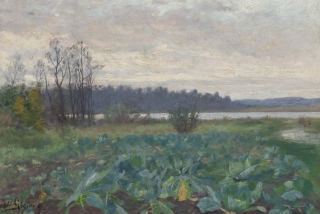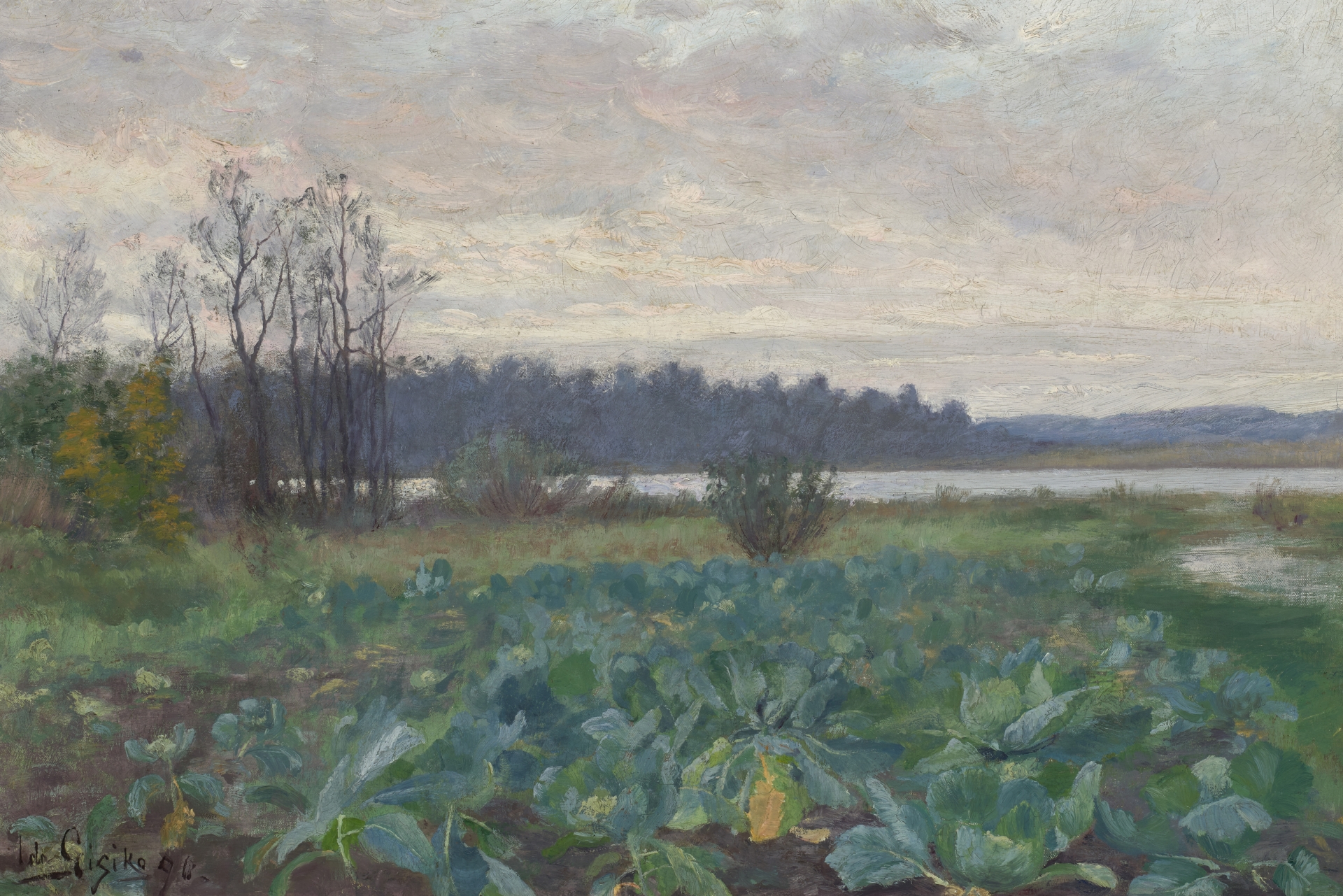Önningeby artists' colony
Önningeby artists’ colony, founded in 1886, was Finland’s first artist colony. It emerged through the initiative of Victor Westerholm, who invited his artist friends to his summer residence Tomtebo in Åland to paint and socialize. Open-air painting had gained a foothold, and the artists spent their time outdoors, capturing both the Åland archipelago and the countryside. The artists’ friends and the islanders also appeared on their canvases. The colony became an important meeting place for artists from Finland and Sweden, and new friendships were formed.
The exhibition at Tikanoja Art Museum presents the colony’s most central members, with a focus on the female artists who formed majority. Works by artists such as Nina Ahlstedt, Elin Danielson-Gambogi, Ida Gisiko-Spärck, Hanna Rönnberg, and Anna Wengberg are highlighted. In addition, the museum is mapping the work of two artists with their roots in Ostrobethnia, Eva Topelius Acke and Elin Alfhild Nordlund.
Eva Topelius Acke, born in Nykarleby, was the daughter of the author Zacharias Topelius. She studied art in Helsinki, Stockholm, Copenhagen, and St. Petersburg. In 1883, she studied flower painting with the Danish artist Carl Möller, and in 1884 she deepened her skills in watercolor painting under Luigi Prenazzi. In 1887, she joined the artists’ colony. Elin Alfhild Nordlund, born in Närpes, studied at the Turku Drawing School, in Helsinki, Copenhagen, and Paris. Among her teachers were several prominent artists, including Peder Severin Krøyer, Julius Paulsen, and Adolf von Becker. From 1889, she worked as a drawing teacher, and teaching became a central part of her life.
If you have knowledge of artworks by Elin Alfhild Nordlund and Eva Topelius Acke, or other relevant information, please contact the exhibition curator Janna Sirén.


